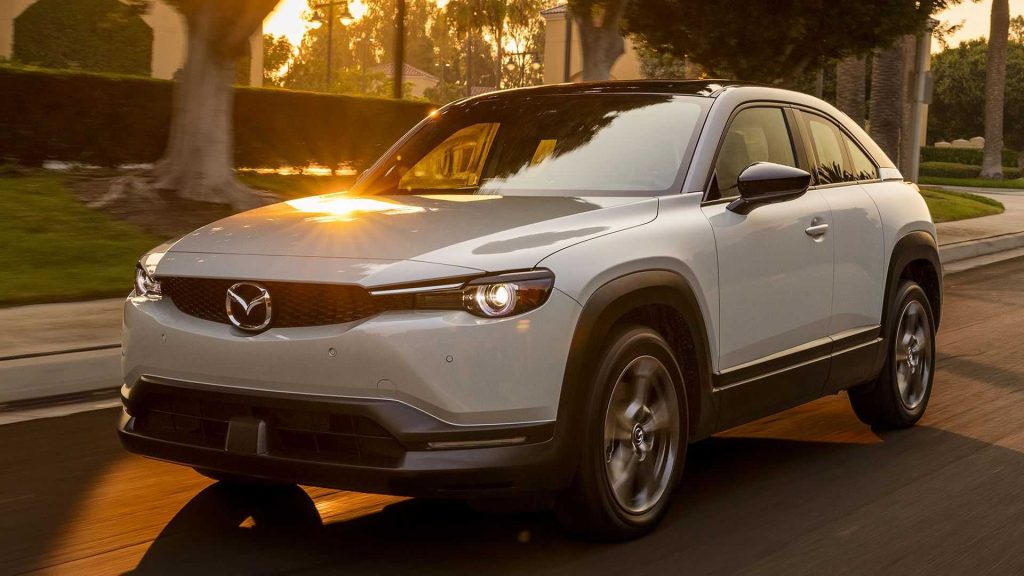Mazda‘s initial foray into the U.S. electric vehicle (EV) market with the MX-30 crossover has proven to be a hard lesson. Selling only 100 units in the first eight months of 2023 and hampered by a limited 100-mile range, the model’s American journey has been short-lived. While it might be tempting to see this as a setback, Mazda’s next steps indicate a brand willing to adapt and carve out its own niche in the booming EV market.
Mazda is looking to find a segment that appeals to all EV enthusiasts
After the MX-30’s reception in the market, Mazda is eyeing 2025 for the U.S. launch of new electric models. Instead of designing a new EV-dedicated platform like GM and Volkswagen, Mazda is leaning towards a cost-effective strategy—utilizing shared platforms with its existing gasoline-powered vehicles. This approach is not just good for the pocket but also an intriguing test of consumer reception to such a blending of the old and the new.

The shared platform strategy comes with its drawbacks, though. One is ineligibility for the U.S. federal EV tax credit of up to $7,500, which requires final assembly in North America. It’s a hurdle, but Mazda seems confident that their upcoming electric SUVs can appeal to U.S. buyers even without the federal issues.
Mazda Chief Executive Masahiro Moro summed it up: “We are looking at a segment that will appeal to would-be EV buyers.” This indicates a move away from small EVs like the MX-30 to potentially more profitable, larger vehicles—most likely SUVs, given their mass appeal. Those waiting for an electric Mazda MX-5 sports car might have to wait a bit longer.
RELATED:
- Infinite Machine’s P1 electric scooter seems to be a Tesla Cybertruck on two wheels
- BMW’s First Locally-Made Electric Mini Rolls Off Assembly Line in China
- Best Apple Watch Cases in 2023: Spigen, Otterbox, Casetify & More
(Via)







